Rewatch the full event
You can watch a recording of the two-hour workshop.

In this short article, we’ll share with you the video recording, miro board and some notes from the workshop that took place on Thursday 6th of April 2023, co-organized by the "Design And Critical Thinking" community, "Owtcome" and the "Swiss Service Design Network Chapter".
Rewatch the full event
You can watch a recording of the two-hour workshop.
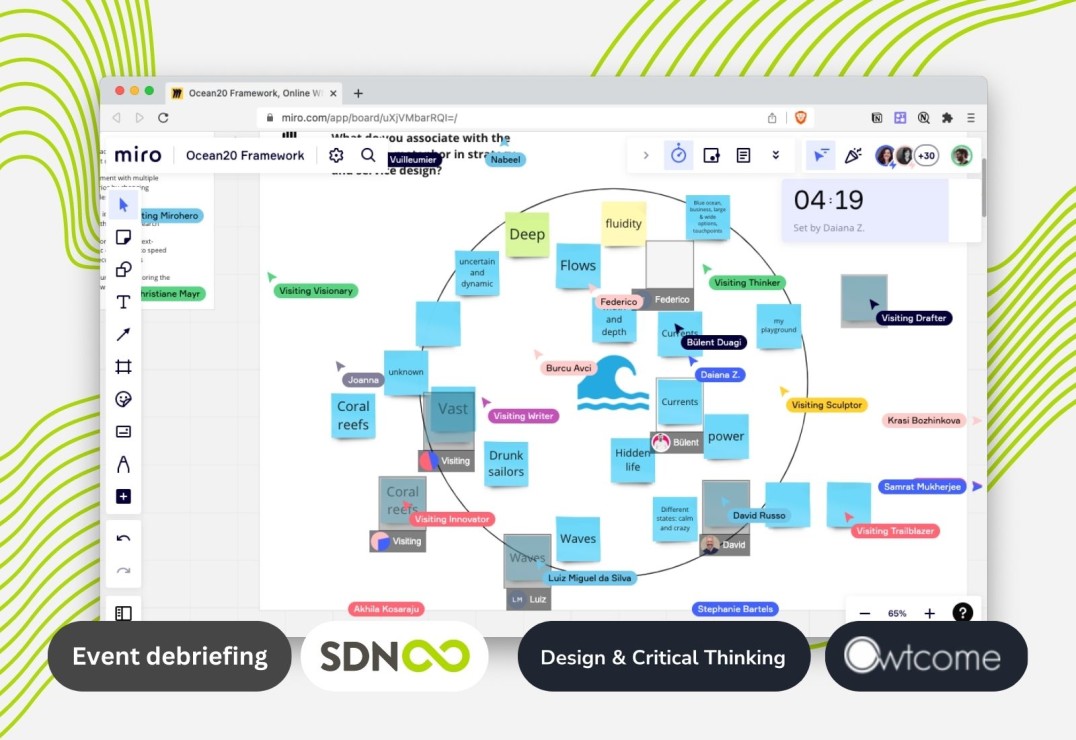
In this workshop we discovered the beta version of a new framework to navigate complex environments.
The framework uses metaphors which interconnect and help draw a map of realities & possibilities, and highlight relationships to foster new narratives.
This is a tool to help organisations do either diagnosis or prospective work about a current situation and/or a potential challenge/problem. The aim is to enable organisations to find direction, develop a portfolio of strategies, or simply make better decisions.
It is built around 4 main concepts:
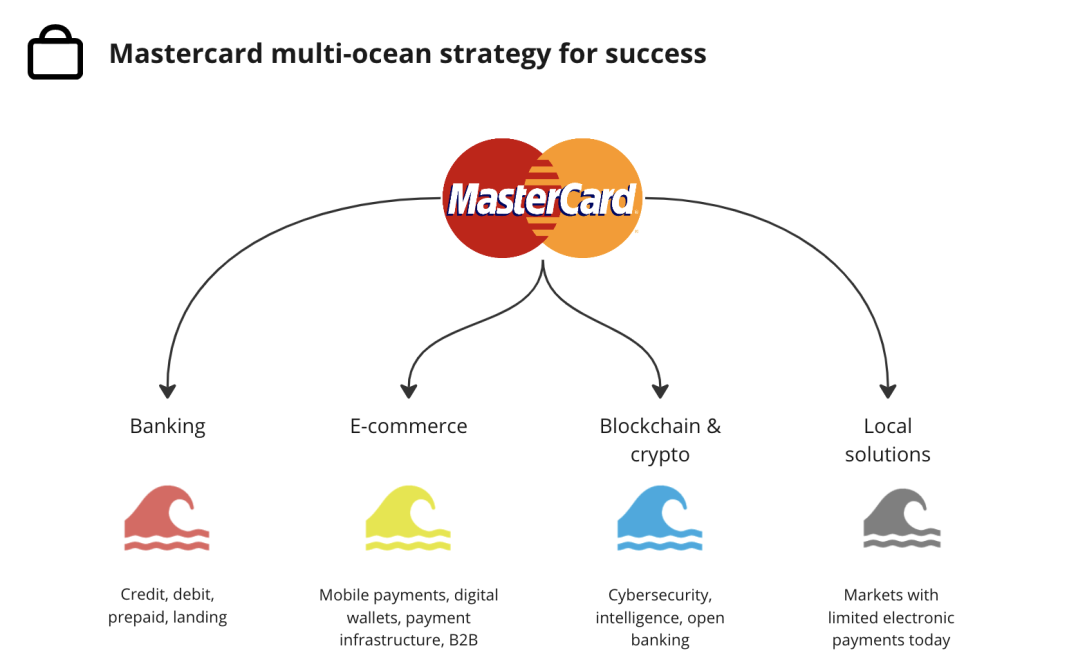
Insights for Service Design: from monolithic to multilayered
One of the main insights from this event for service designers is to think about services as real organisms that have multiple sides. In fact, services and organisations are much nearer to how a person behaves than how an object behaves.
So instead of categorising one organisation or service in one "Ocean"(1), we should recognise that one service or organisation can play multiple different roles in many different oceans. One part of your service might be competing in an existing market full of competitors, when another feature or part of your service might have nearly no competition.
As humans, services can play different roles in different settings.
(1) Traditionally a company is either competing in a red ocean, an existing market with many competitors, or in a blue ocean, a market yet to be discovered with no competitors.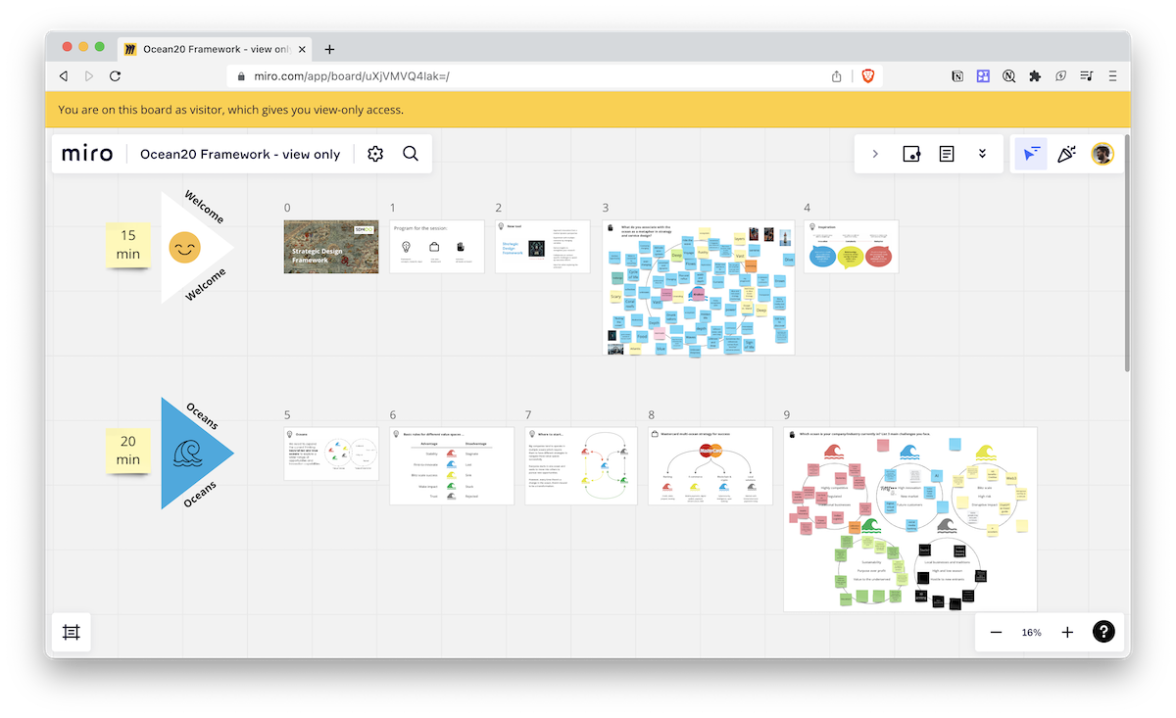
Access the framework and Miro board
You can discover the Framework and the workshop exercises and results in the Miro Board of the event.
Thank you
A big thank you to all the participants that made this event so inspiring and to the speakers that shared their knowledge. Thanks to:
Kevin Richard - Host
Founder of the Design & Critical Thinking community and Customer Experience Manager in the Swiss Health Insurance industry.
Krasi Bozhinkova - Guest Speaker
Strategic Designer at Owtcome, Netherlands.
Daiana Zavate - Guest Speaker
Design Lead at Owtcome, Netherlands.
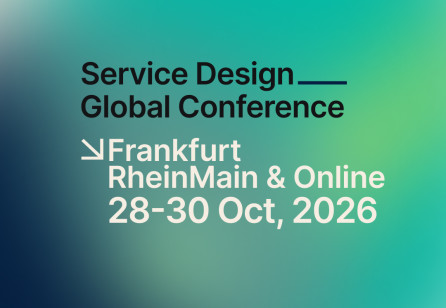
Join us at the Service Design Global Conference 2026 in Germany and online, 28–30 October. SDGC26 Registration is Now Open with limited Super Early Bird tickets!
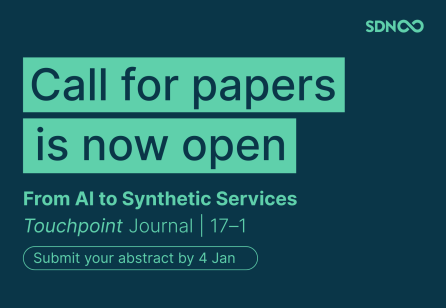
We are pleased to announce that the call for papers for Touchpoint Vol. 17 No. 1 is now open.
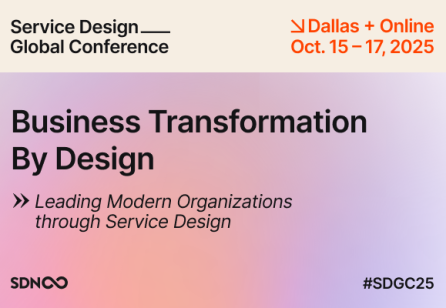
Join us at SDGC25 in Dallas and online, this October 15–17. In-person and virtual tickets are available - your invitation to connect, share ideas, and explore service design's impact on business.
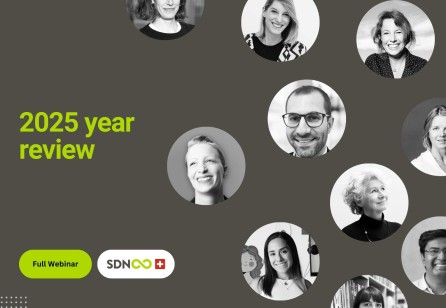
We are excited to share the entire recording and the full transcript of this special year-end event hosted by the Service Design Network Switzerland chapter.

Share your thoughts
0 RepliesPlease login to comment